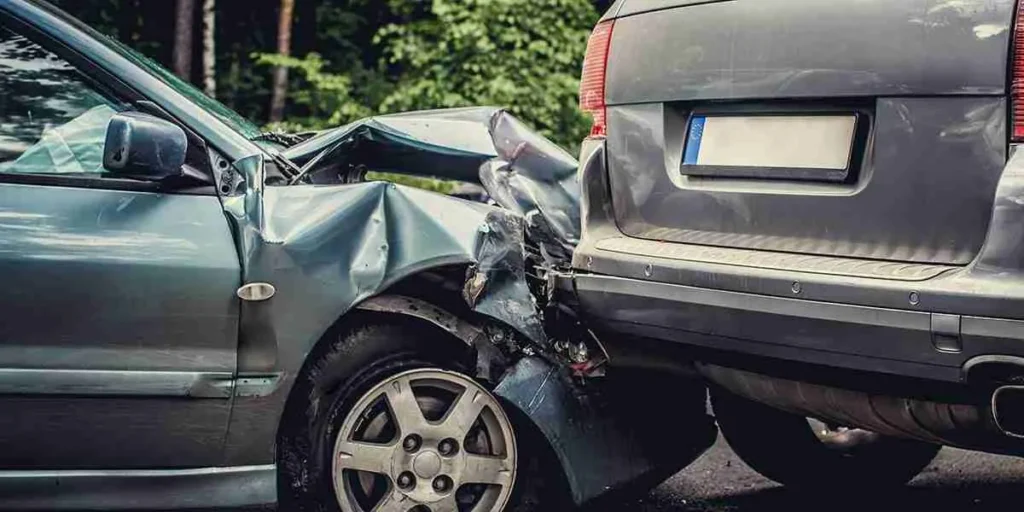Car accidents can be complex, and determining who is at fault in the aftermath is often not straightforward. In some cases, more than one party may be responsible for the collision, leading to the application of comparative fault in car accident claims. Understanding comparative fault is essential for anyone involved in a car accident, as it can significantly affect the outcome of your case and the compensation you are entitled to.
In this blog post, we’ll break down what comparative fault means, how it works in car accident claims, and how it could impact your ability to recover damages.
What is Comparative Fault?
Comparative fault (also known as comparative negligence) is a legal principle used to determine how liability for a car accident is shared between the parties involved. In states that follow comparative fault rules, each driver’s degree of responsibility for the accident is evaluated, and damages are apportioned based on the percentage of fault assigned to each party.
For example, if a car accident involves two drivers, and Driver A is 70% at fault while Driver B is 30% at fault, each party can recover damages proportional to the amount of fault they bear. In this case, Driver A may still be able to recover 30% of their damages, while Driver B could recover 70%.
Comparative fault is important because it impacts how much compensation a person can receive after an accident, especially when they share some responsibility for the collision.
Types of Comparative Fault Systems
Different states use different rules for comparative fault. There are generally two types of comparative fault systems: pure comparative fault and modified comparative fault.
1. Pure Comparative Fault
In a pure comparative fault system, a person can recover damages even if they are found to be primarily at fault for the accident. This means that if you are 90% at fault for the crash, you can still recover 10% of the damages you are owed.
-
Example: If your total damages are $50,000, and you are found to be 90% at fault, you can still recover $5,000 in damages.
2. Modified Comparative Fault
In a modified comparative fault system, an injured party can only recover damages if they are found to be less than a certain percentage at fault, typically 50% or 51%. If the person is deemed to be equally or more responsible for the accident than the other party, they are barred from recovering any compensation.
-
Example: If you are 51% or more at fault for the accident in a modified comparative fault state, you would not be able to recover any damages. However, if you are 49% or less at fault, you can recover damages proportionate to your level of fault.
How Does Comparative Fault Work in Car Accident Claims?
When you are involved in a car accident and file a claim, the insurance company and/or the court will determine the degree of fault each party shares. They may consider several factors, such as:
-
Traffic laws: Did one party run a red light or fail to yield at a stop sign?
-
Driving conditions: Was the weather poor, and did it contribute to the accident?
-
Driver behavior: Was one driver distracted, speeding, or under the influence of alcohol or drugs?
-
Evidence: Police reports, witness statements, and traffic camera footage can help establish fault.
In many cases, multiple factors contribute to an accident, so a determination of comparative fault helps assign a percentage of liability to each party. For example:
-
Driver A: Found to be 70% at fault for running a red light.
-
Driver B: Found to be 30% at fault for failing to stop at a stop sign.
The court or insurance company would then reduce Driver A’s compensation by 70% and Driver B’s by 30% according to their respective fault percentages.
How Comparative Fault Affects Your Car Accident Settlement
Understanding how comparative fault affects your settlement is crucial. If you are partially at fault for the accident, your potential compensation will be reduced by your percentage of responsibility.
For instance, if you are involved in an accident and the total damages amount to $30,000, but you are found to be 40% at fault, your recovery will be reduced by 40%. In this case, you would be eligible to receive 60% of the damages, or $18,000.
Example:
-
Total Damages: $30,000
-
Your Fault Percentage: 40%
-
Your Recovery: 60% of $30,000 = $18,000
What Happens if You’re More Than 50% at Fault?
If you are found to be more than 50% at fault for the car accident, the rules of modified comparative fault (depending on your state) will likely bar you from recovering any damages. This means that if you are determined to be 51% or more responsible for the accident, you may not be entitled to compensation, even if you suffered injuries or damage.
However, in pure comparative fault states, you could still recover damages even if you are 90% or more at fault. For example, in California (a pure comparative fault state), if you were 90% at fault for an accident, you could still recover 10% of your damages.
Why It’s Important to Have a Car Accident Lawyer
Comparative fault can be complicated, and insurance companies are often motivated to minimize their payouts by assigning a higher percentage of fault to you. That’s why it’s crucial to have a skilled car accident lawyer on your side. A lawyer will:
-
Investigate the accident: A lawyer can gather evidence, interview witnesses, and work with experts to determine the true cause of the accident.
-
Negotiate with insurance companies: Insurance adjusters may try to pressure you into accepting a low settlement or accepting more fault than you deserve. A lawyer will advocate for your best interests and ensure you’re not unfairly blamed.
-
Fight for your rights: If your case goes to court, a lawyer will represent you, presenting the evidence and legal arguments needed to secure a fair verdict.
Conclusion: Navigating Comparative Fault in Car Accident Claims
Comparative fault can significantly impact the outcome of your car accident claim, so it’s important to understand how it works. Whether you are partially responsible for the accident or not, knowing how fault is assigned and how it affects your potential compensation can make all the difference.
If you are involved in a car accident and facing comparative fault issues, it’s always a good idea to consult with a car accident lawyer. They can help you navigate the complexities of fault determination, negotiate with insurance companies, and ensure you receive the compensation you deserve.
Remember, even if you share some responsibility, you still have the right to recover damages based on your level of fault—so don’t hesitate to seek legal advice!




